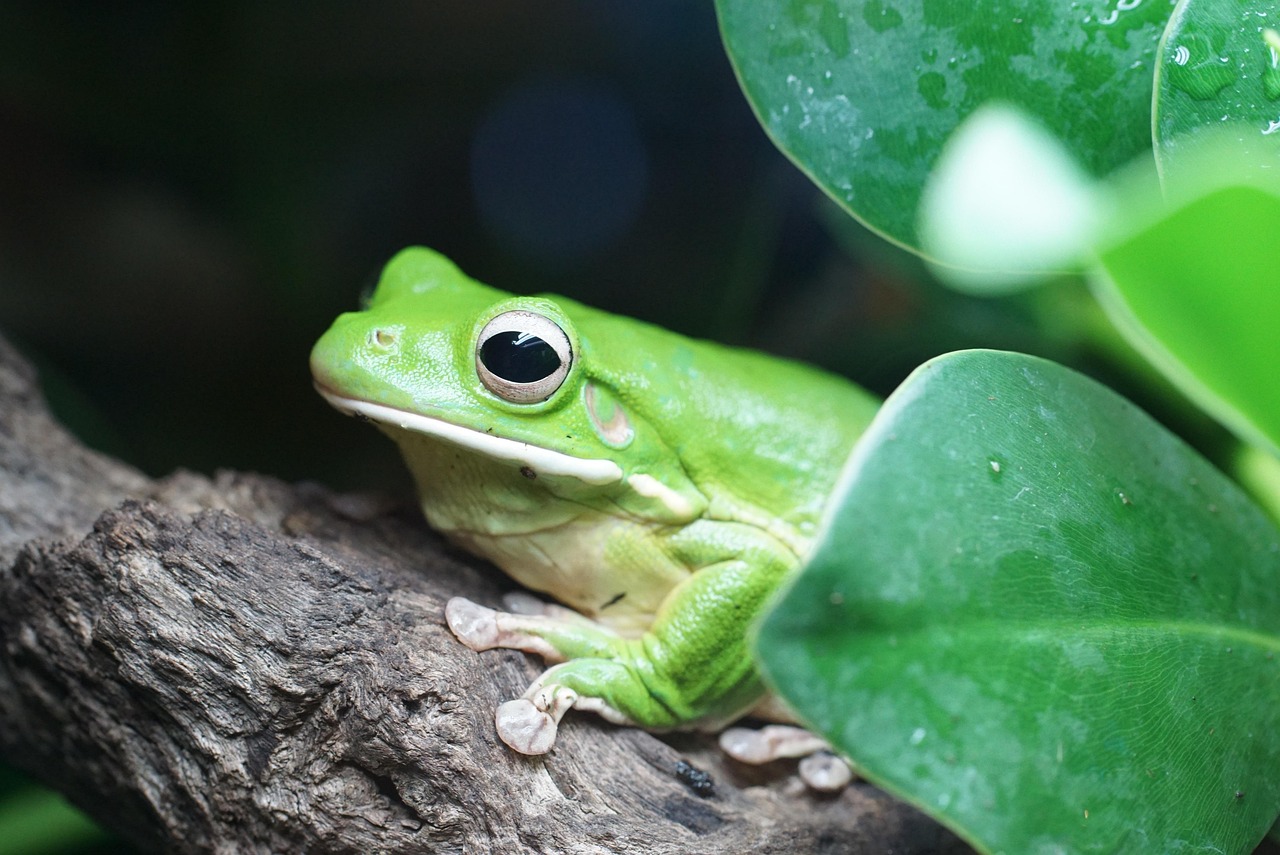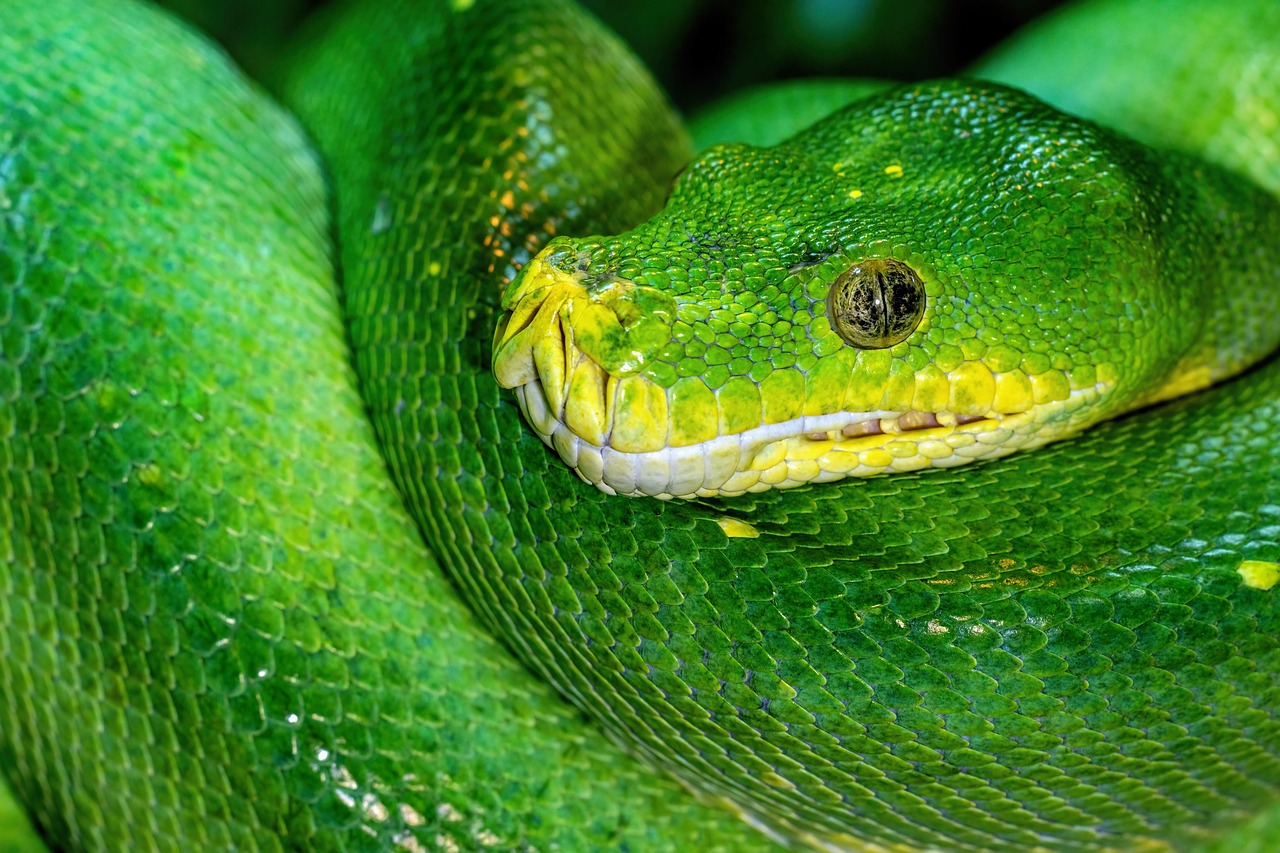The Green Giant tree, known scientifically as Thuja standishii x plicata, boasts a remarkable growth rate of 3 to 5 feet per year. This rapid growth makes it an ideal choice for creating fast privacy hedges in residential or commercial landscapes.
Privacy is a significant concern for many homeowners. As urban areas become more populated, the need for effective privacy solutions grows. The Green Giant tree has emerged as a popular choice for those seeking quick and reliable privacy hedges. Its impressive growth rate, combined with its hardy nature, makes it a favored option among landscape enthusiasts.

This hybrid tree combines the qualities of two species: the Japanese arborvitae and the Western red cedar. The result is a tree that not only grows quickly but also adapts well to various climates. The Green Giant tree can thrive in zones 5 through 7, making it suitable for a wide range of geographic areas.
Characteristics of the Green Giant Tree
The Green Giant tree is recognized for several key characteristics that contribute to its popularity as a privacy hedge. These traits include its growth rate, foliage density, and resistance to pests and diseases. Understanding these characteristics can help homeowners make informed decisions when planning their landscape design.
| Characteristic | Description |
|---|---|
| Growth Rate | 3 to 5 feet per year |
| Height | Up to 50-60 feet at maturity |
| Width | 15-20 feet at maturity |
| Foliage Color | Vibrant green year-round |
| Pest Resistance | Highly resistant to common pests |
The rapid growth of the Green Giant tree is particularly appealing for those looking to establish privacy quickly. Unlike many other trees that may take years to provide adequate coverage, the Green Giant can fill in gaps in just a few seasons. This makes it an excellent option for new homeowners or anyone wanting immediate results in their landscaping efforts.

Another aspect to consider is the tree’s ability to withstand various weather conditions. The Green Giant shows resilience against strong winds and heavy snow loads, making it suitable for diverse climates across the United States. Additionally, its evergreen nature ensures that it provides year-round privacy, unlike deciduous trees that shed their leaves in the fall.
Planting and Care Tips for Green Giant Trees
To maximize growth and health, proper planting and care are essential. Here are some important tips for successfully establishing Green Giant trees:
- Select a suitable location with full sun to partial shade.
- Ensure the soil is well-draining. Amend soil with organic matter if necessary.
- Space trees at least 5 to 6 feet apart to allow for their full width.
- Water regularly during the first few years, especially during dry spells.
- Apply a balanced fertilizer in spring to promote vigorous growth.
By following these guidelines, homeowners can help their Green Giant trees reach their full potential. Regular maintenance will also contribute to their health and longevity, ensuring they continue to provide privacy for many years.

In addition to these care tips, it’s essential to monitor the trees for any signs of stress or disease. Early detection of issues can prevent larger problems down the line. Observing your trees regularly allows you to provide prompt care when needed.
The Green Giant tree not only enhances privacy but can also improve the overall aesthetics of any property. With its lush green foliage and stately appearance, it complements various landscaping styles while offering practical benefits. Whether planted as a single specimen or as part of a larger hedge, the Green Giant is sure to make a positive impact on any landscape design.
Common Uses of Green Giant Trees
The Green Giant tree serves multiple purposes beyond just providing privacy. Many homeowners and landscapers appreciate its versatility. Understanding its various uses can help you make the most of this exceptional tree.

1. Privacy Screens
One of the primary reasons people choose Green Giant trees is for creating effective privacy screens. Their rapid growth allows them to fill in spaces quickly. Here are some benefits of using Green Giant trees as privacy screens:
- Fast establishment of privacy, often within a few seasons.
- Year-round foliage ensures consistent coverage.
- Natural sound barrier, reducing noise pollution from nearby roads or neighbors.
2. Windbreaks
Green Giant trees are excellent for creating windbreaks. Their dense foliage can shield homes and gardens from strong winds, which is particularly beneficial in open areas. This can result in:
- Protection for other plants and flowers from wind damage.
- Increased energy efficiency in homes by reducing cold drafts.
- A more comfortable outdoor space for family activities.
3. Aesthetic Enhancements
In addition to their practical uses, Green Giant trees enhance the beauty of landscapes. Their tall, straight trunks and lush green foliage provide a striking visual element. Some aesthetic benefits include:
- Creating a natural backdrop for gardens and flower beds.
- Addition of vertical interest to flat landscapes.
- Seasonal changes in color, particularly during the fall months when their foliage remains vibrant.
Environmental Benefits of Green Giant Trees
Planting Green Giant trees contributes positively to the environment in several ways. Here are some key environmental benefits:
- Air Quality Improvement: Trees absorb carbon dioxide and release oxygen, improving air quality in urban areas.
- Habitat Creation: These trees provide shelter and food for various wildlife species, including birds and insects.
- Soil Erosion Prevention: The extensive root system of Green Giant trees helps prevent soil erosion, especially on slopes or loose soil.
Potential Challenges and Considerations
While Green Giant trees offer numerous benefits, there are also some challenges to consider when planting them. Understanding these challenges will help you prepare for successful growth.
Pest Management
Although Green Giant trees are relatively pest-resistant, they can still be susceptible to certain pests such as:
- Spider Mites: These tiny pests can cause leaf discoloration and stress if not controlled.
- Cedar Apple Rust: This disease affects the foliage and can diminish the overall health of the tree.
Regular monitoring and early intervention can help manage these issues effectively. Using organic pest control methods is often recommended to protect the environment.
Space Requirements
Green Giant trees can grow quite large, reaching heights of up to 50-60 feet and widths of 15-20 feet at maturity. This means they require adequate space in your landscape. Consider the following:
- Ensure they are planted far enough away from buildings or other structures to allow for their full growth.
- If planting a hedge, maintain recommended spacing of at least 5-6 feet apart to promote healthy air circulation.
Best Companion Plants for Green Giant Trees
When planning your landscape design, consider pairing Green Giant trees with complementary plants. The right companion plants can enhance the overall aesthetic and health of your garden. Here are a few suggestions:
- Boxwood: This low-growing shrub provides a contrasting texture and color against the tall Green Giants.
- Hydrangeas: These flowering shrubs add color and vibrancy to the landscape during the blooming season.
- Lilacs: Known for their fragrant blooms, lilacs can attract pollinators while adding beauty around your privacy hedge.
Selecting companion plants that thrive in similar conditions will ensure a harmonious garden space. The combination of different plants creates a dynamic landscape that is both functional and visually appealing.
Optimal Growing Conditions for Green Giant Trees
To achieve the best growth rates and health for Green Giant trees, it is essential to consider their optimal growing conditions. These trees thrive when planted in suitable environments that mimic their natural habitat. The following factors play a crucial role in ensuring the successful growth of Green Giant trees.
Soil Requirements
Green Giant trees prefer well-draining soils that retain some moisture without becoming waterlogged. Here are key soil characteristics to consider:
- pH Level: A slightly acidic to neutral pH (around 6.0 to 7.0) is ideal for healthy growth.
- Soil Type: Loamy or sandy soils are preferred, as they allow for proper drainage and aeration.
- Organic Matter: Adding organic compost can improve soil structure and nutrient availability.
Sunlight Exposure
Green Giant trees thrive in full sun to partial shade conditions. They require at least 6 hours of direct sunlight each day for optimal growth. Proper sunlight exposure will lead to:
- Dense foliage and strong growth.
- A robust root system that can withstand environmental stress.
- Enhanced resilience against pests and diseases.
Watering Needs
While Green Giant trees are drought-tolerant once established, they need consistent watering during their initial growth phase. Here are some watering guidelines:
- Newly Planted Trees: Water deeply once a week for the first year to help establish roots.
- Established Trees: Reduce watering frequency to every two weeks, adjusting based on rainfall.
- Signs of Stress: Yellowing leaves or wilting may indicate the need for additional water.
Pruning Green Giant Trees
Pruning is an essential maintenance practice that promotes healthy growth and improves the overall appearance of Green Giant trees. Understanding when and how to prune can maximize their potential.
When to Prune
The best time to prune Green Giant trees is during late winter or early spring before new growth begins. This timing helps minimize stress on the tree and encourages vigorous new growth.
How to Prune
Follow these steps for effective pruning:
- Assess the Tree: Look for dead, damaged, or diseased branches that need removal.
- Maintain Shape: Trim back any excessive growth to maintain a uniform shape.
- Use Clean Tools: Always use sharp, clean pruning shears to prevent disease transmission.
Common Diseases Affecting Green Giant Trees
While Green Giant trees are generally hardy, they can still be prone to certain diseases. Awareness of these diseases can help you take preventive measures.
Cedar Apple Rust
This fungal disease primarily affects the foliage of Green Giant trees. Symptoms may include:
- Orange-yellow spots on the leaves.
- Premature leaf drop.
Treatment involves removing affected leaves and applying fungicides if necessary.
Phytophthora Root Rot
This disease often occurs in poorly drained soils and can cause significant harm to the tree’s root system. Signs include:
- Wilting foliage despite adequate watering.
- Browning or blackening of roots.
Preventive measures include ensuring proper drainage and avoiding overwatering.
Pest Control Strategies
In addition to diseases, pests can pose a threat to the health of Green Giant trees. Implementing effective pest control strategies can help protect your trees.
Common Pests
Some common pests that affect Green Giant trees include:
- Spider Mites: These tiny pests can cause leaf discoloration and stress, especially during dry conditions.
- Aphids: These small insects can weaken the tree by sucking sap; they may also attract ants or lead to sooty mold.
Pest Management Techniques
Utilizing integrated pest management (IPM) techniques can help control pest populations sustainably. Here are some strategies:
- Regular Monitoring: Check trees frequently for signs of pest infestation.
- Natural Predators: Encourage beneficial insects such as ladybugs that prey on aphids.
- Organic Treatments: Use insecticidal soaps or neem oil as a natural remedy for controlling pests.
By maintaining optimal growing conditions and understanding potential challenges, homeowners can successfully cultivate Green Giant trees for their privacy hedge needs. Regular care and attention will ensure these trees thrive in your landscape environment.
Additional Considerations for Green Giant Trees
As you plan to incorporate Green Giant trees into your landscape, there are a few additional considerations that can enhance their effectiveness and longevity. Understanding these factors can help you make the most informed decisions for your privacy hedge.
Climate Adaptability
The Green Giant tree is known for its adaptability to various climates, making it suitable for many regions across the United States. Here are some considerations regarding climate:
- Hardiness Zones: Green Giants thrive best in USDA hardiness zones 5 to 7. Be sure to check your local zone before planting.
- Temperature Tolerance: They can withstand cold winters and hot summers, provided they are given the right care.
- Humidity Levels: These trees prefer moderate humidity but can adapt to drier conditions with adequate watering.
Mulching Benefits
Applying mulch around the base of the Green Giant trees has numerous benefits. Here are some advantages of using mulch:
- Moisture Retention: Mulch helps retain soil moisture, reducing the need for frequent watering.
- Weed Suppression: A layer of mulch can prevent weeds from competing with your trees for nutrients and water.
- Temperature Regulation: Mulch helps regulate soil temperature, protecting roots from extreme conditions.
Landscaping Ideas with Green Giant Trees
Incorporating Green Giant trees into your landscape design can create stunning visual effects. Here are some creative landscaping ideas:
- Formal Hedges: Plant Green Giants in a straight line to create a formal hedge that adds structure to your garden.
- Mixed Borders: Combine Green Giants with flowering shrubs and perennials for a colorful border that offers privacy and beauty.
- Backdrops for Garden Features: Use Green Giants as a backdrop for fountains, sculptures, or seating areas to create a serene environment.
Final Thoughts
The Green Giant tree stands out as an exceptional choice for those seeking fast-growing privacy hedges. Its rapid growth rate, hardiness, and versatility make it suitable for a variety of landscape applications. As you cultivate these trees, remember to provide optimal growing conditions, monitor for pests and diseases, and embrace proper maintenance techniques.
The benefits of planting Green Giant trees extend beyond mere aesthetics. They contribute positively to environmental health by improving air quality, providing wildlife habitats, and preventing soil erosion. By considering the various factors discussed in this article, you will be well-equipped to ensure that your Green Giant trees thrive and fulfill their role as effective privacy screens in your landscape.
Whether you are a new homeowner or an experienced gardener, introducing Green Giant trees into your outdoor space can significantly enhance both privacy and beauty. With careful planning and ongoing management, these trees can provide lasting benefits for years to come.
